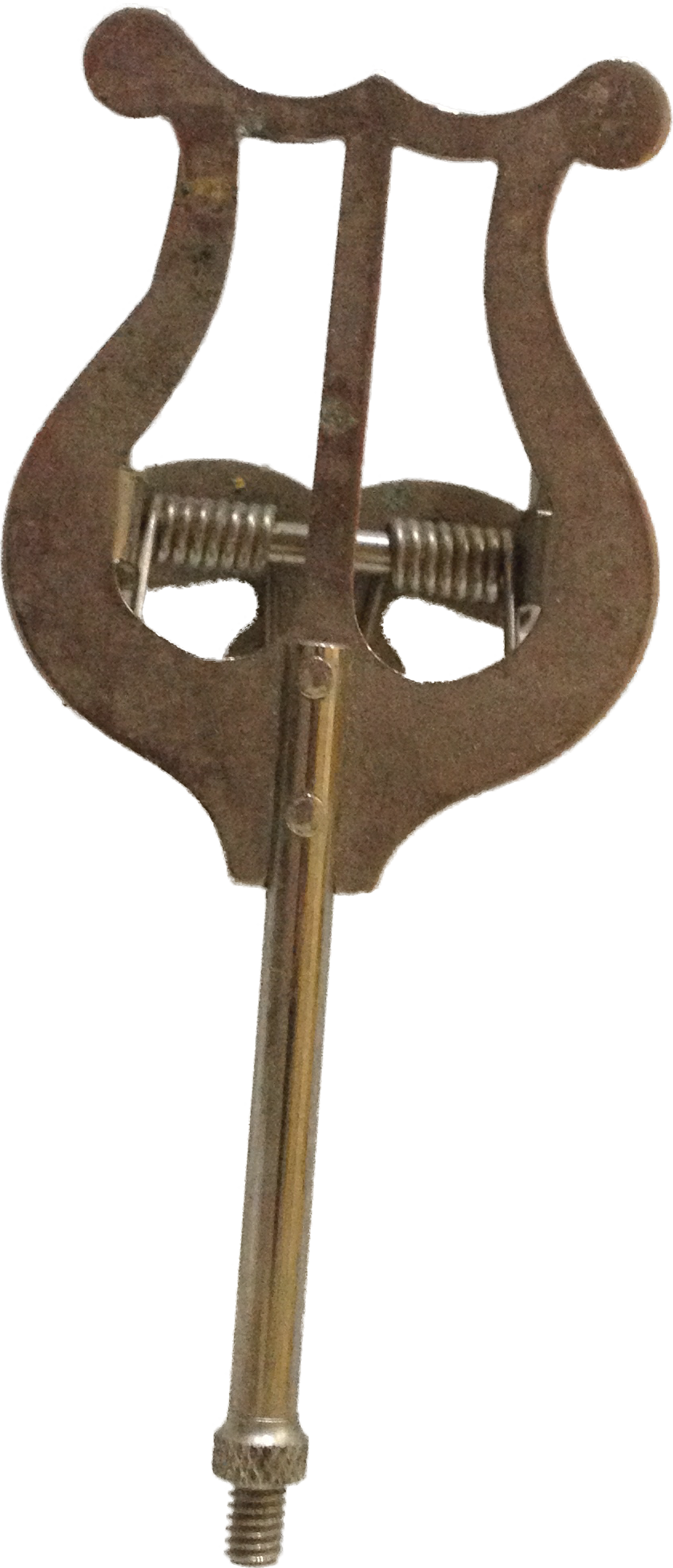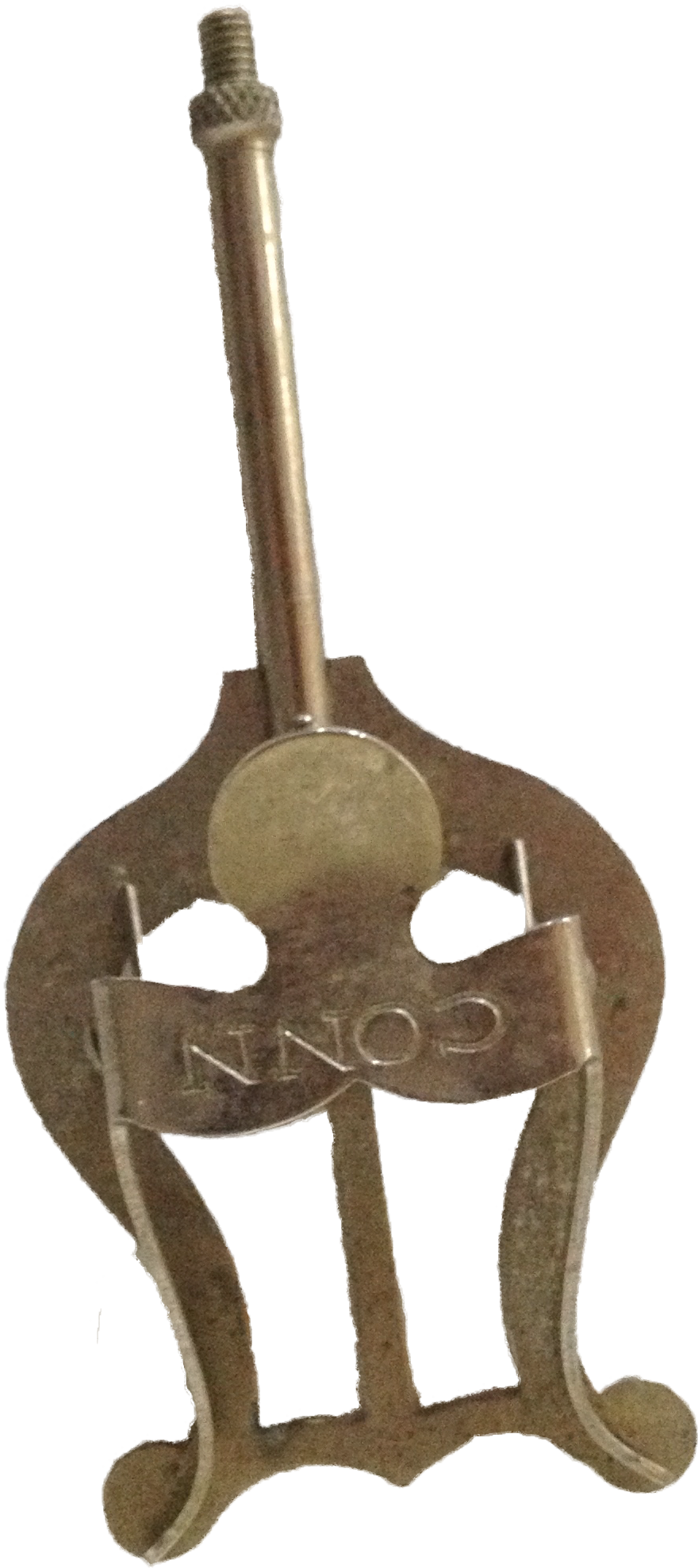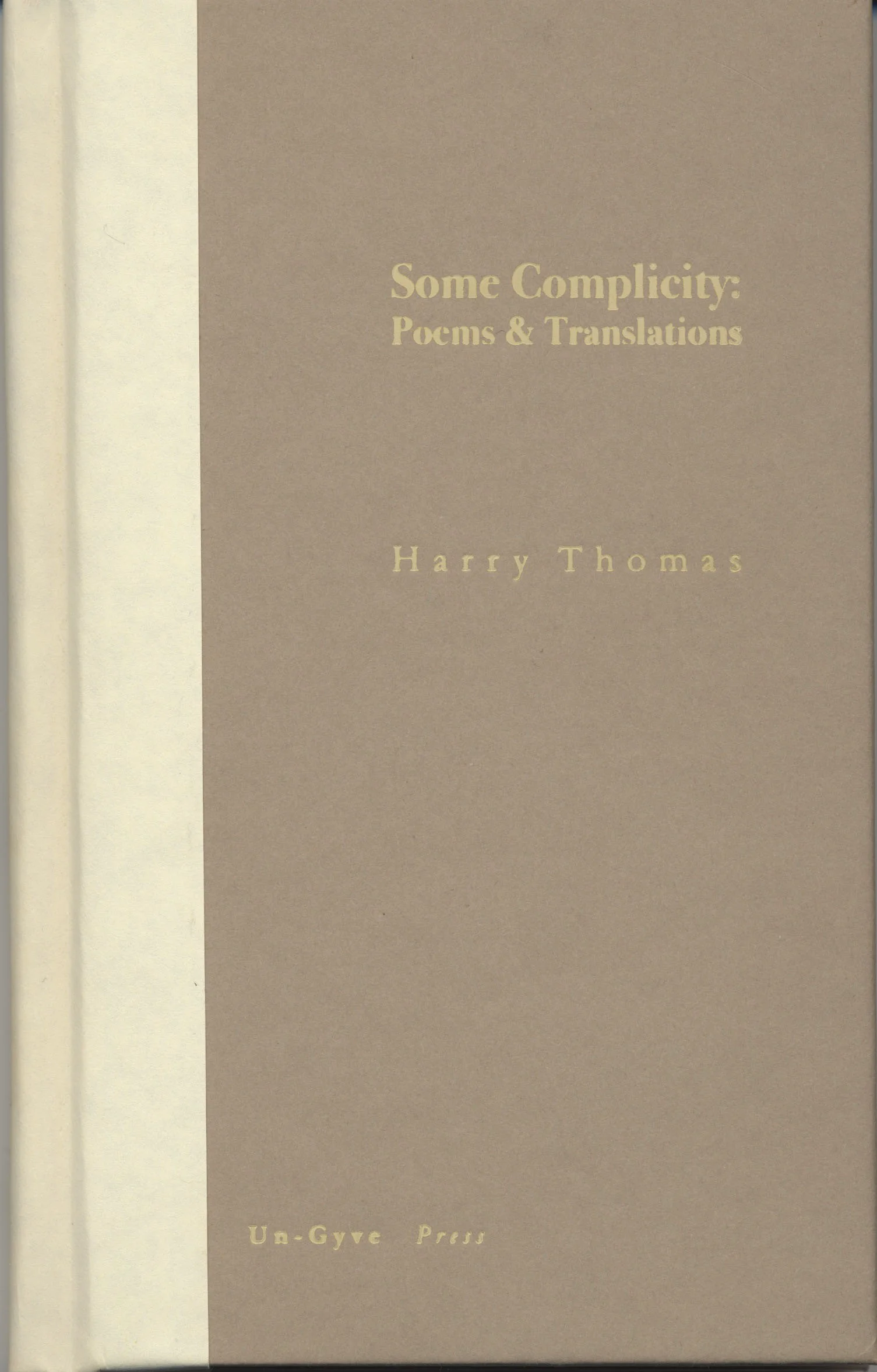NEWS PROVIDED BY
Oct 19, 2018, 10:19 ET
BOSTON, Oct. 19, 2018 /PRNewswire/ -- From our Un-Gyve archives, an original sequence of thirty-nine small watercolours, the home or haunt and the poet being identified by hand in blue ink on the tissue leaf that precedes each illustration. These lovely vignettes are bound, the pages with gilt edges, and the album secured with a brass clasp. This loving series of associations opens with Geoffrey Chaucer (Tabard Inn — Southwark), and closes with Alfred Tennyson (Birthplace at Somersby).
Limited Edition Views of the Haunts and Homes of the British Poets, Oct. 19 1850. (Un-Gyve Press). (PRNewsFoto/Un-Gyve Press)
Published in two volumes, in London by Richard Bentley, New Burlington Street, Publisher in Ordinary to Her Majesty and in New York by Harper & Brothers, William Howitt’s Homes and Haunts of the Most Eminent British Poets is illustrated with engravings made by H. W. Hewet (engraver of numerous editions, publisher, and patentee of the Improved Screw-Wrench) in the New York edition. The London edition credits “The Illustrations by W. and G. Measom.”
George Samuel Measom, known for his illustrated railway guides, and his charity, collaborated with his brother, William, an engraver and a painter.
The collected work Views of the Haunts and Homes of the British Poets, Oct. 19 1850., found by Christopher Ricks in the little bookshop in Nailsworth just a few miles from his home in Gloucestershire, contains the original mixed media/watercolour illustrations for the Howitt Haunts and Homes, presumably made by either one or both of the Measom brothers and bound for preservation in 1850, after the publication of the two Howitt volumes.
From our Un-Gyve archives, the original sequence of thirty-nine illustrations, the home or haunt and the poet being identified by hand in blue ink on the tissue leaf that precedes each illustration. These lovely vignettes are bound in a design to reflect the album of 1850 with its gilt edge pages, secured with a brass clasp. This loving series of associations opens with Geoffrey Chaucer (Tabard Inn — Southwark), and closes with Alfred Tennyson (Birthplace at Somersby).
1850 was Tennyson’s annus mirabilis, a year to marvel at: May had seen the publication of In Memoriam, and June his wedding. In November he was to succeed William Wordsworth (who had died in April) as Queen Victoria’s Poet Laureate, bestowing and receiving many true tributes for the next forty-two years.
"Alfred Tennyson, Birthplace at Somersby" plate from Views of the Haunts and Homes of the British Poets, Oct. 19 1850. (Un-Gyve Press). (PRNewsFoto/Un-Gyve Press)
In a limited edition, Un-Gyve Press reproduces in faithful facsimile this tribute to the centuries' poets and to their spirits of place.
Measom, Sir George Samuel (1818-1901). Publisher and philanthropist, born in Blackheath, Kent, 3 December 1818, and baptized in St Alfege, Greenwich, 12 July 1819, one of five children of Daniel Measom (b. c.1790), carver and gilder, and Mary Ann, née Coventry. He was educated at a preparatory school in Blackheath. On 27 January 1842, when he married Sarah (1820-1865), daughter of John Hillman, fishmonger, Measom described himself as a tailor. Later in that decade he advertised his services as an engraver. About 1850 Measom took up railway topography. Measom was the author of the Official Railway Guides, the first of which had appeared in 1852 as The Illustrated Guide to the Great Western Railway. The guide to the Great Western was followed in 1853 by The Official Illustrated Guide to the South-Eastern Railway and all its Branches, and every succeeding volume was distinguished as 'official', with the company's arms on the cover and a list of the directors and officers as well as a description of its principal undertakings. The guides came to an end with the 1880s, though they were revised and reissued. Measom continued to publish engravings in his later years, but having achieved a comfortable ease and competence he devoted himself to philanthropic works. He became chairman and for some time treasurer of the Royal Society for the Prevention of Cruelty to Animals, and was a promoter of the charity later known as the Battersea Dogs' Home. He was also active in supporting the hospital, later the Royal Marsden, and argued strongly for the use of the title Cancer Hospital at a time, long enduring, when such bluntness was superstitiously shunned. Following the death of his first wife, in 1867 he married Charlotte (d. 1911), daughter of George Simpson. There were no children of either marriage. He was knighted in 1891 and became a justice of the peace for Middlesex. He continued to be active to the end of his life, and under recreations in Who's Who wrote `Never had time'. He died at home, St Margaret's Lodge, Isleworth, Middlesex, 1 March 1901.
William Frederick Measom, 1813-1887; or later (active 1840-1876), wood engraver printmaker; painter/draughtsman; brother of George Measom. Bibliography: R.K.Engen, 'Dictionary of Victorian Wood Engravers'.
Title: Views of the Haunts and Homes of the British Poets: Oct. 19 1850.
Illustrated by: George S. Measom, William Frederick Measom
Contributors: Un-Gyve Limited, Un-Gyve Press
Edition: illustrated limited
Publisher: Un-Gyve Press | Un-Gyve Limited Group, 2018
ISBN: 0982919891, 9780982919897
Length: 161 pages
Illustrations:
Geoffrey Chaucer, Tabard Inn — Southwark. ☨
Edmund Spenser, Kilcolman Castle on fire.
William Shakespeare, Birthplace, Exterior view.
Interior of the Room, in which Shakespeare was born.
New Place — the Residence of Shakespeare.
Abraham Cowley, House at Chertsey.
John Milton, Cottage at Chalfont.
Samuel Butler, Ludlow Castle.
John Dryden, Burleigh House.
Joseph Addison, Holland House.
Alexander Pope, Villa at Twickenham.
Jonathan, Dean Swift, Laracor Church.
Stella’s Cottage.
Ruins of Swift’s House.
James Thomson, Cottage in Kew-Lane.
William Shenstone, Leasowes.
Thomas Chatterton, Muniment Room.
Oliver Goldsmith, Room at Walker’s Hotel, Dean St. Soho.
Robert Burns, Lincluden Abbey.
William Cowper, House at Weston.
John Keats, Tombs of Keats and Shelley, Rome.
Percy Bysshe Shelley, Shelley’s Body found near Viareggio. ☨ ☨
George Noel Byron, Annesley Hall.
George Crabbe, Belvoir Castle.
Samuel Taylor Coleridge, Coleridge enlisting.
Felicia Hemans, Residence at Rhyllon.
E. L. (Mrs Maclean), Cape Coast Castle.
Sir Walter Scott, Abbotsford.
Scott’s Tomb, Dryburgh Abbey.
Thomas Campbell, Gateway of Glascow College.
Robert Southey, Residence at Keswick.
William Wordsworth, Grasmere.
James Montgomery, Fulneck Moravian Settlement.
Walter Savage Landor, Residence near Fiesole. ☨ ☨ ☨
Leigh Hunt, Birthplace at Southgate.
Samuel Rogers, House in St. James’s Place.
Thomas Moore, Cottage at Sloperton.
Ebenezer Elliot, The “Ranter” preaching.
Alfred Tennyson, Birthplace at Somersby.
☨ written as Geoffry
☨ ☨ written as via Reggio
☨ ☨ ☨ written with William for Walter
Contact:
CO-OP-PRODUCTION
Un-Gyve Telephone: (617) 350-7884 | E-mail: Un-Gyve Limited
SOURCE Un-Gyve Press
































The Roger Lonsdale archive, at Balliol College, Oxford, includes his reflections, in 2005, on his poetry, with lists of his ninety poems—alphabetically by first lines, and chronologically—as well as his notebooks as a poet; and, at that time, he noted, in reference to these sixteen poems from Un-Gyve Press in a numbered, limited edition of seventy-five: “At present the following seem worth preserving for one reason or another.”